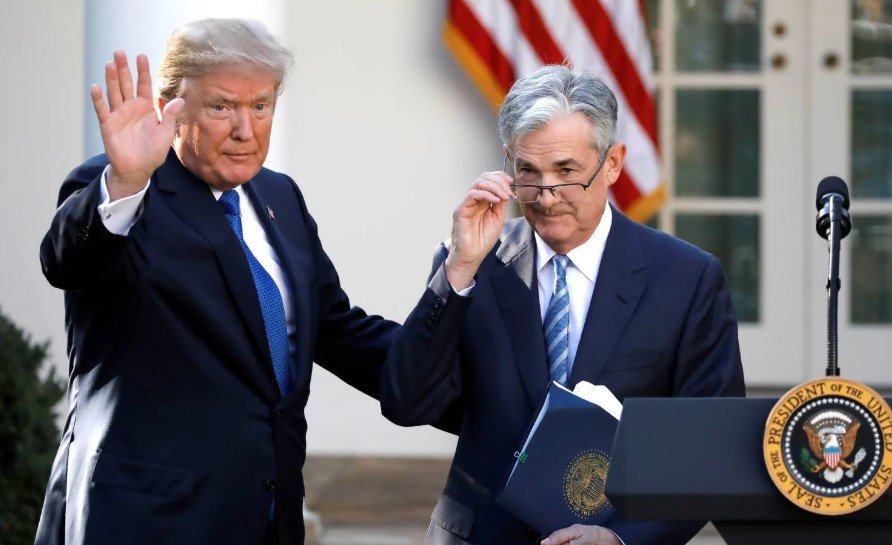The Federal Reserve faces a high-stakes decision as it wraps up its second policy meeting of 2025. With US President Donald Trump’s fresh tariff hikes sparking fears of a global trade war, Fed Chair Jerome Powell must balance economic stability against rising inflation.
Inflation, Growth, and a Trade War — Powell’s Balancing Act
The Fed’s policy meeting comes at a tense moment for the US economy. Trump’s tariffs on key trading partners, particularly China and the European Union, have added fuel to inflationary pressures. Consumer prices are already climbing, and economists warn it could get worse.
Wall Street analysts now expect inflation to accelerate beyond the Fed’s 2% target. For Powell, the challenge is clear: cut rates too soon, and inflation could spiral; wait too long, and growth might falter.
“The Fed’s usual playbook doesn’t account for tariff-driven price shocks,” said Diane Swonk, chief economist at KPMG. “This isn’t just about interest rates anymore — it’s about geopolitics bleeding into monetary policy.”

Market Bets: Rate Cuts or Status Quo?
Traders are betting on at least two rate cuts by the end of 2025, with the first likely in July. Futures markets peg the odds of a 25-basis point cut at around 60%. However, Powell’s messaging has been cautious.
“The Fed’s December dot plot hinted at two rate cuts this year,” noted Greg McBride, chief financial analyst at Bankrate. “But the tariff chaos wasn’t priced in back then. Powell may hold off, waiting for clearer signs of economic slowdown.”
Some economists argue the Fed might have no choice but to ease borrowing costs — especially if Trump’s trade policies choke off growth. Others believe Powell will prioritize controlling inflation, even if it means keeping rates higher for longer.
Five Key Indicators to Watch
Powell’s words will carry weight, but the numbers will tell the real story. Here are five critical indicators investors and economists are watching:
- Interest Rates: Will the Fed hold steady, or signal a shift toward rate cuts?
- Dot Plot: The Fed’s updated economic projections could reveal whether policymakers still expect two cuts — or more.
- Inflation Data: Consumer price index (CPI) and personal consumption expenditures (PCE) inflation reports remain pivotal.
- GDP Growth: Any sign of slowing growth could push the Fed closer to easing.
- Job Market Strength: Unemployment is low, but a cooling labor market could sway the Fed’s thinking.
Trump’s Influence — A Wild Card for the Fed
It’s rare for a president’s policies to overshadow a central bank’s decision-making, but Trump’s tariffs have done just that. His latest moves, including a 20% levy on Chinese electronics and a 15% tariff on European automobiles, are reshaping the economic landscape.
“Powell’s hands are tied,” said Julia Coronado, president of MacroPolicy Perspectives. “He can’t ignore the inflationary bite of tariffs, but he also can’t let the economy tip into recession.”
The White House, meanwhile, has been vocal. Trump’s advisers argue that tariffs are a strategic tool to pressure trading partners into fairer deals. Critics call it economic brinkmanship that risks stagflation — the toxic mix of high inflation and stagnant growth.
